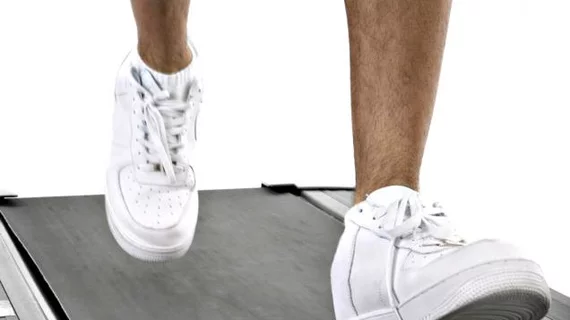Four-dimensional (4D) CT can reliably evaluate ligament injuries in the ankle and may be used to test the ankle in-motion to spot asymptomatic problems, according to results of a May 8 study published in Clinical Radiology.
Ankle syndesmotic injuries are often involved in ankle sprains and fractures, and if left untreated can lead to long-term pain and development problems, wrote Alireza Mousavian, MD, of MedStar Union Memorial Hospital’s Department of Orthopedic Surgery in Baltimore, and colleagues.
“Because of the ability of 4DCT to capture ankle motion using high-resolution three-dimensional imaging, this technique can potentially detect subtle instability related to syndesmotic injuries in patients who have inconclusive findings on conventional static CT or MRI examination,” the authors added. “Failure to diagnose syndesmotic injuries and late treatment could lead to long-term pain and instability, as well as development and accelerated progression of secondary osteoarthritis of the ankle.”
The researchers included 4D CTs performed on the asymptomatic side of the ankle in 10 consecutive patients with signs and symptoms of unilateral ankle instability. Two fellowship-trained foot and ankle surgeons analyzed five ankle syndesmotic measurements in these patients.
Mousavian et al. noted “excellent” interobserver reliability among the two readers for four out of five measurements (intra-class correlation coefficient[ICC]: 0.767–0.995, p<0.001–0.020). Only syndesmotic translation (ST) changed significantly during ankle motion, and only ST demonstrated a negative linear association with the tibiocalcaneal angle during active motion.
“In conclusion, reliable evaluation of ankle syndesmosis can be performed using 4DCT examination,” the researchers wrote. “Syndesmotic measurements are independent of ankle motion except for the amount of syndesmotic translation, which tends to decrease during plantar flexion.”

